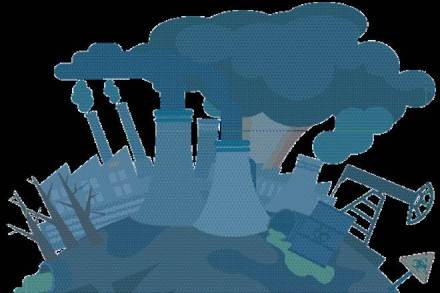Rising economic growth, and higher heating and cooling needs in some parts of the world, pushed up global energy consumption. It rose 2.3% in 2018, nearly twice the average rate of growth since 2010. As a result, carbon emissions too rose to a record high of 1.7% last, according to a report by International Energy Agency.
Also read: Govt raises H1 borrowing plan to Rs 4.42 lakh crore amid tepid earnings, as repayments weigh
China, the United States, and India together accounted for nearly 70% of the rise in energy demand. The biggest gains came from natural gas, which emerged as the fuel of choice last year, accounting for nearly 45% of the increase in total energy demand. Demand for all fuels rose, with fossil fuels meeting nearly 70% of the growth for the second year running. China saw the most substantial increase in energy demand, which grew 3.5% to 3 155 Mtoe, the highest since 2012. This accounted for a third of global growth.
The report says India saw primary energy demand increase 4% or over 35 million tonnes of oil equivalent (Mtoe), accounting for 11% of global growth, the third-largest share. Growth in India was led by coal (for power generation) and oil (for transport), the first and second biggest contributors to energy demand growth, respectively.
While emissions from all fossil fuels increased, the power sector accounted for nearly two-thirds of emissions growth. Coal use in power alone surpassed 10 Gt CO2, mostly in Asia. China, India, and the United States accounted for 85% of the net increase in emissions, while emissions declined for Germany, Japan, Mexico, France and the United Kingdom.
